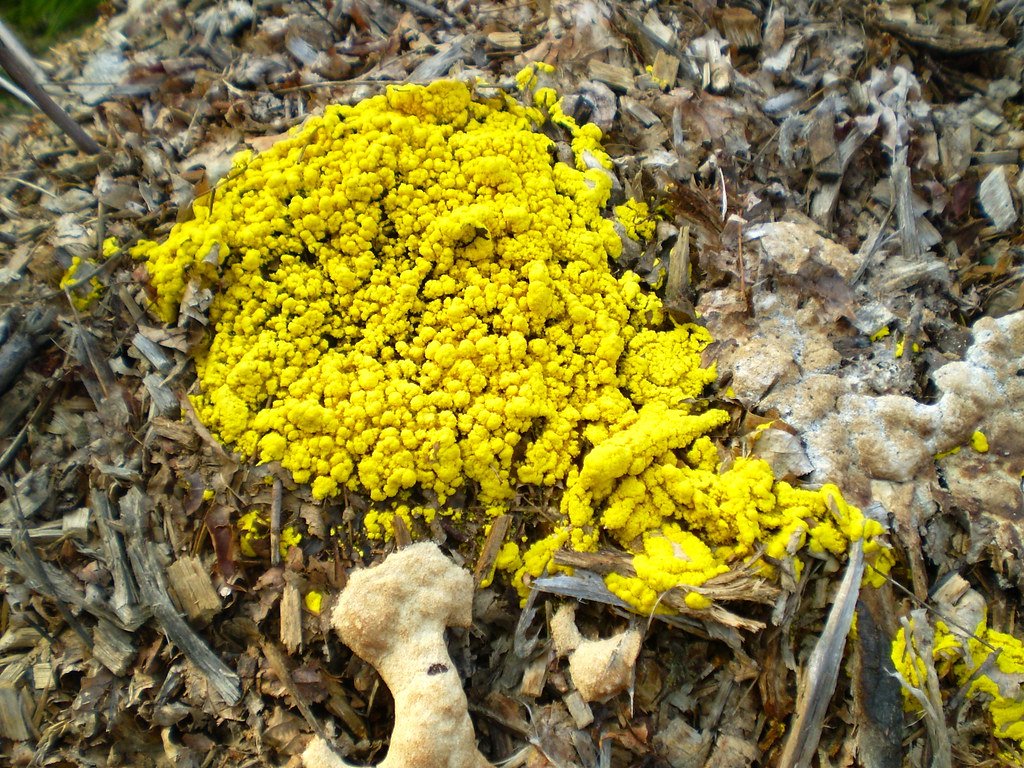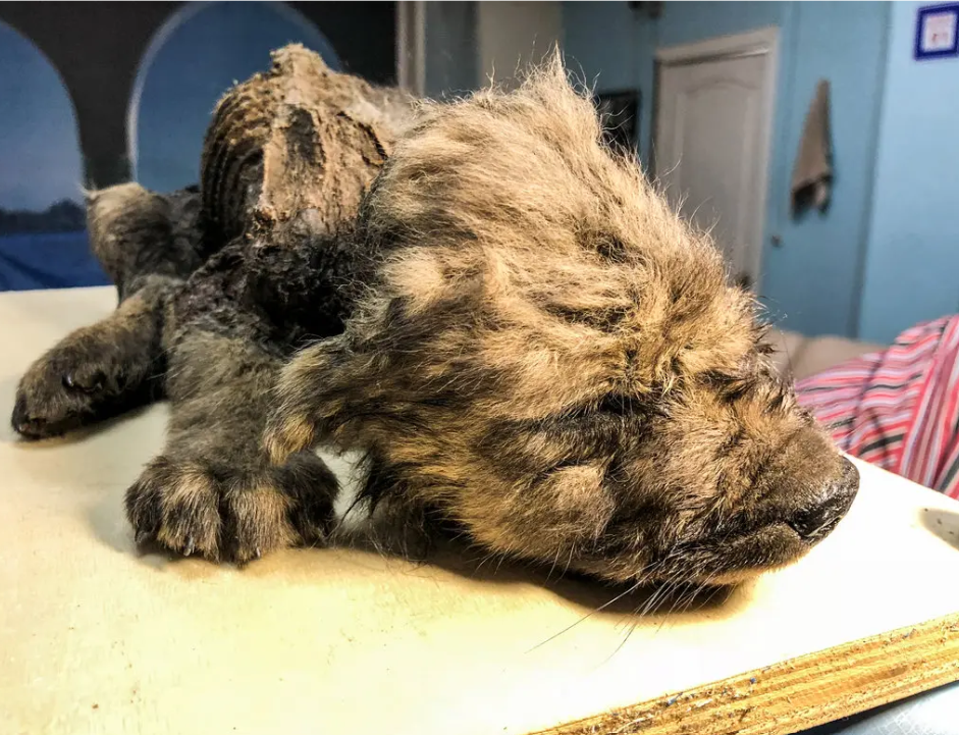Imagine a creature without a brain, yet capable of solving complex puzzles. Welcome to the world of slime molds, a fascinating group of organisms that defy our understanding of intelligence. Often found in damp, forested areas, these single-celled organisms exhibit behaviors that are surprisingly sophisticated for their simplicity. Despite lacking a nervous system, slime molds can navigate mazes, optimize routes, and even anticipate changes in their environment. This article delves into how these unassuming creatures demonstrate a form of collective intelligence, challenging our traditional notions of what it means to be “intelligent.”
The Enigmatic Nature of Slime Molds
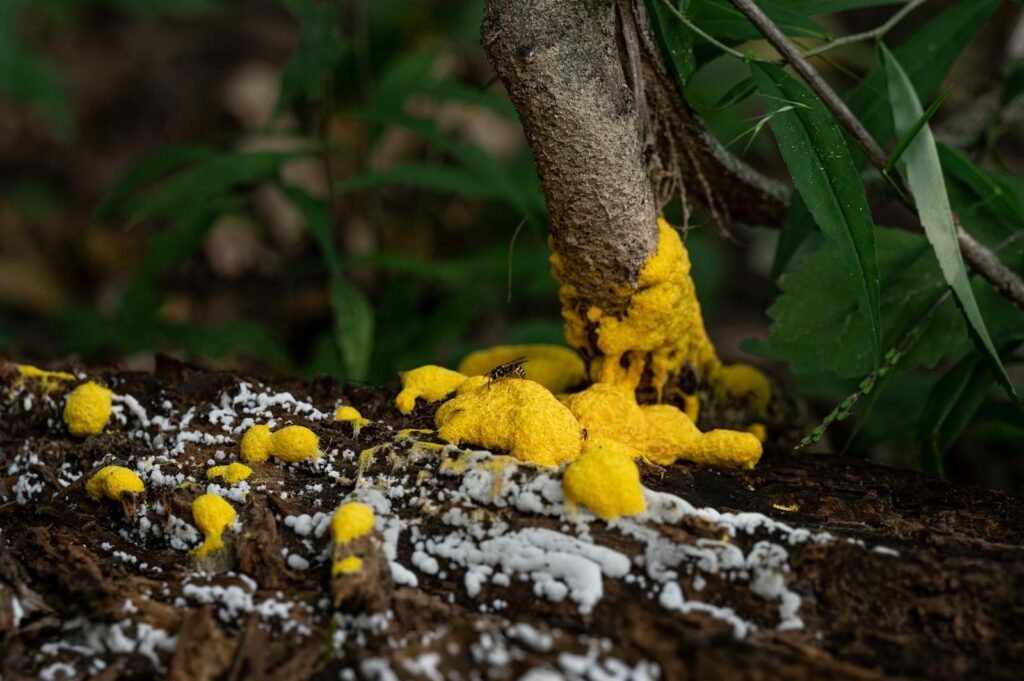
Slime molds, scientifically known as Myxomycetes, are neither plant, animal, nor fungi, but they share characteristics with all three. They exist primarily as single-celled organisms but can aggregate into a multicellular form when resources are scarce. This ability to transform is part of what makes them so intriguing. In their plasmodial form, slime molds can spread out to form networks, resembling a sprawling web that hunts for food. This transformation highlights their adaptability and ability to respond dynamically to environmental changes.
Understanding the Basics of Collective Intelligence
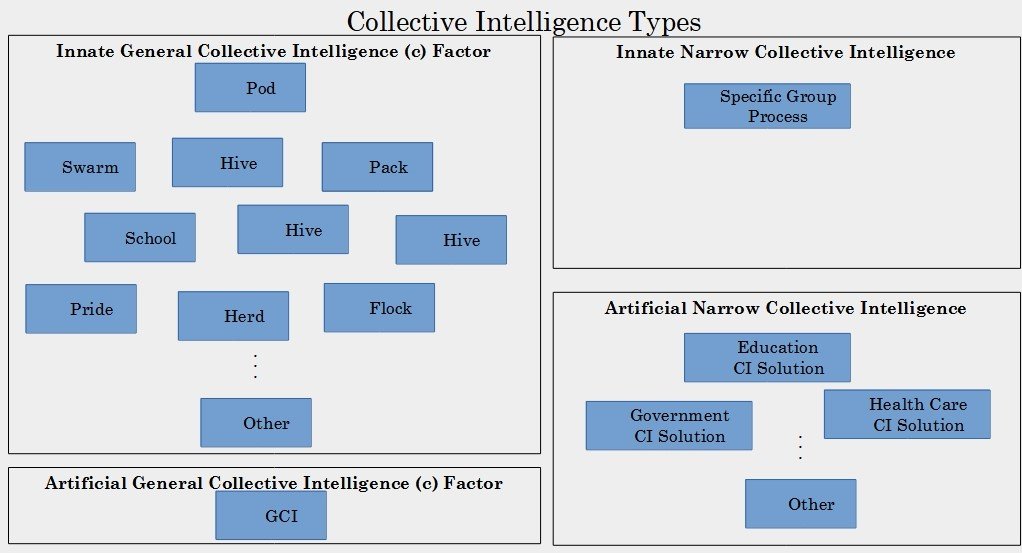
Collective intelligence is the phenomenon where a group of simple entities work together to solve complex problems, often more efficiently than an individual could. In the case of slime molds, this intelligence emerges not from a central command like a brain, but from a process of decentralized decision-making. Each part of the slime mold communicates with others through chemical signals, resulting in a harmonious orchestration of movement and growth. This is akin to how a school of fish moves in perfect synchrony or how ants find the shortest path to food.
The Science Behind Maze Solving

One of the most captivating abilities of slime molds is their capacity to solve mazes. When placed at the entrance of a maze with food at the exit, a slime mold will initially spread out in all directions. As it encounters dead ends, it retracts those parts of its body, concentrating its mass along the shortest path to the food source. This behavior is guided by a process called chemotaxis, where the organism moves toward higher concentrations of nutrients. The result is an efficient solution to the maze, demonstrating problem-solving skills without a brain.
Chemotaxis: The Guiding Force

Chemotaxis is a critical component of how slime molds navigate their environment. It involves the movement of an organism in response to chemical stimuli. In slime molds, this process is driven by the detection of chemical gradients, allowing them to move toward areas with higher concentrations of nutrients. This mechanism is not unique to slime molds; bacteria and other microorganisms use similar processes. However, the efficiency with which slime molds apply chemotaxis to solve spatial puzzles is remarkable and highlights the sophistication of their seemingly simple biology.
Real-World Applications of Slime Mold Intelligence

The study of slime molds has inspired various real-world applications, particularly in the fields of computer science and robotics. Researchers have used slime molds as models for network optimization, as their ability to find the shortest paths can be applied to designing efficient transportation and communication systems. For instance, a famous experiment demonstrated that slime molds could replicate the layout of the Tokyo rail system, optimizing it in the process. This has led to the development of algorithms that mimic slime mold behavior, offering innovative solutions to logistical challenges.
Slime Molds as Environmental Indicators
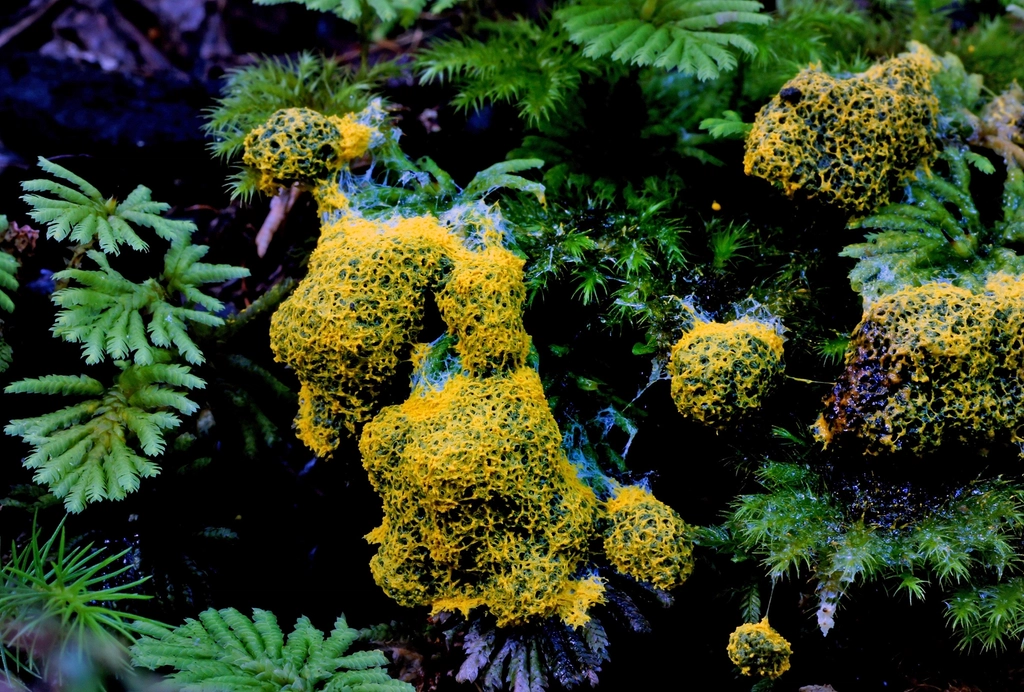
Beyond their intellectual prowess, slime molds serve as important indicators of environmental health. Their presence in an ecosystem can reflect the quality of air and soil, as they are sensitive to changes in moisture and chemical composition. This makes them valuable tools for ecologists studying the impacts of pollution and climate change. By observing slime mold populations, scientists can gain insights into the broader health of an ecosystem, much like a canary in a coal mine warns of dangerous gases.
The Role of Slime Molds in Ecosystems

In their natural habitats, slime molds play a crucial role in nutrient cycling. They decompose organic matter, breaking it down into simpler substances that enrich the soil. This process supports plant growth and maintains the balance of ecosystems. Additionally, as they consume bacteria and fungi, slime molds help regulate microbial populations, preventing any single species from dominating. Their presence ensures diversity and stability, making them integral components of the ecosystems they inhabit.
Challenges in Studying Slime Molds

Despite their fascinating characteristics, studying slime molds presents several challenges. Their ephemeral nature and sensitivity to environmental conditions make them difficult to observe in the wild. In laboratory settings, replicating their natural habitats can be complex and resource-intensive. Furthermore, the lack of a centralized nervous system means traditional metrics of intelligence cannot be applied, requiring scientists to develop new methodologies for studying their behaviors. These challenges, however, only add to the allure of slime molds as subjects of scientific inquiry.
Slime Molds and the Future of Intelligence Research
The study of slime molds is reshaping our understanding of intelligence. By exploring how these organisms solve problems, scientists are challenging the notion that intelligence requires a brain. This has significant implications for the development of artificial intelligence, as it suggests that decentralized systems can be highly effective. The insights gained from slime molds may lead to the creation of more robust and adaptable AI systems, capable of solving complex problems in dynamic environments.
A World Beyond Human Intelligence
Slime molds offer a glimpse into a world where intelligence takes on forms vastly different from our own. Their ability to solve problems, optimize networks, and adapt to changing conditions without a brain challenges the anthropocentric view of intelligence. By studying these organisms, we are reminded that intelligence is not limited to humans or even animals with complex nervous systems. Instead, it is a property that can emerge in unexpected places, inviting us to broaden our perspectives and appreciate the diversity of life.

